Unpacking the housing selection process that sparked controversy and conversations across campus
The mass outcry by students resulted in community meetings for students and university leadership to discuss issues and solutions.
Evans Hall on the Residential Campus.
April 15, 2022
Following a two-year hiatus due to the COVID-19 pandemic, housing selection season at Simmons has been underway for about a month – and has been marked with controversy and changes from previous years.
The 2022-2023 housing selection process began officially on February 14, when the housing application opened to returning students, including a new feature that was necessary to secure housing: providing a new housing deposit of $250. This requirement had not been present in past housing selection cycles, as acknowledged in emails sent by Residence Life.
Students had from February 14 to March 9 to complete the housing application and submit their new deposit in order to be eligible for the first round of housing selection. An email from the Office of Residence Life on February 24 outlined the new policy of requiring an additional housing deposit as a “prepayment for your future bill on your student account.”
The first point of controversy regarding the housing situation arose from the housing deposit, due to this being the first time in recent memory that students were required to submit a housing deposit, even if they still had one on file.
Additional anxieties arose when students only received a clarification on March 3, six days before submissions closed, that all students were required to submit an additional $250 regardless of whether or not their first housing deposit, which many students submitted prior to beginning their first on-campus semester at Simmons, was still valid.
This changing necessity of a new housing deposit served as a precursor to what many students consider the primary issue this housing selection season has presented: the matter of who was able to participate in housing selection, and when.
On Friday, March 18, after a several-day delay acknowledged by Residence Life, emails went out to students who had submitted both their housing application and deposit on time informing them of their upcoming time slot for when they would be able to pick their room for the upcoming year. The emails containing housing time slot notifications were sent to students who were able to participate in first-round housing selection in the late afternoon, between 5 and 6 p.m. Another email informing other students that they would not be participating in the first round of housing selection and of the existence of a waitlist was sent at 8 p.m. on the same day.
Following a week where students reported being unable to reach Residence Life in the aftermath of the notification emails, confusion surrounding the ability to get housing and swirling discourse in online discussion forums, Vice President for Student Affairs Dr. Renique Kersh held a community meeting on the evening of March 28 to discuss concerns and solutions with students looking for answers.
The meeting, held in an MCB lecture hall, was filled to near capacity by students looking to voice their concerns to faculty and receive answers about why the housing process played out differently from years past.
The meeting lasted over two hours and saw input from students of all graduation classes and majors, as well as clarification from Residence Life through Kersh. Over the course of the meeting, a variety of issues were raised by students and discussed, though three particular concerns were most often focused on.
The first concern centered around why Residence Life ran housing selection differently from past years, with priority housing offered to expanded-occupancy triple (EOT) freshmen above most other students, and freshmen and sophomores ending up in traditionally upperclassmen dorms, along with the lack of available beds in general.
Kersh offered clarification on the bed shortage, saying the lack of housing available was due to a higher number of returning students than in previous years wishing to live on campus.
With roughly 30 percent of available beds being reserved for seniors, juniors, and 3+1 students, and 25 percent being reserved for sophomores, there are simply more current students looking to live on campus than in past years, according to Kersh.
As for the other issues regarding how housing selection was conducted this year, Kersh was quick to let students know that the entirety of the Residence Life staff in charge of housing selection were new to Simmons this year, and chose not to rely on Simmons’ precedent, but experience they’d gained in previous positions at other institutions. This included the decision to offer housing to EOT students before the rest of the applicants, and allowing individual students to pick individual beds instead of requiring roommate groups for housing selection, which were hallmarks of previous years’ housing selection.
The second issue that received major attention in the meeting was the role of Residence Life and perceived failures in communicating requirements and how the housing selection would play out. Many at the event expressed frustration at Residence Life sending the email informing students they could not take part in the first round of housing selection in the evening on a Friday, at a time when they would be unavailable to listen to concerns over the weekend.
“They just told us we were on the waitlist and it felt like a death sentence,” one student said at the community meeting.
Kersh, in responding to the frustration felt towards Residence Life, acknowledged that there was difficulty felt throughout the process and that there was more Simmons could have done to alleviate stress, saying, “we need to be more responsive and empathetic.”
The third issue was that students alleged economic discrimination as well as financial impacts of not receiving housing. Many spoke at length about potentially being forced to drop out or transfer out of Simmons if they could not be given on-campus housing. Others said that the requirement of providing an unexpected deposit of $250 left many economically disadvantaged students scrambling and ending up on the waitlist as a result of not being able to provide the deposit right away. According to Residence Life emails, application and deposit submission time were deciding factors in housing priority.
One student, through tears, said that she could no longer afford Simmons, and that, “it feels like Simmons just took my money and ran,” adding soon after that, “no, it’s not a feeling, it’s my reality.” Many echoed the sentiment of having nowhere to go without Simmons-provided housing.
“It feels like Simmons is giving up on us,” another student added, reflecting on the experience of the housing selection process. Several shouts of agreement followed.
At the end of the meeting, the floor was opened to solutions the students would like to see implemented to rectify the issues brought about by the housing process. One student suggested that Simmons “redo the housing process entirely,” which was then met with loud applause from the rest of the lecture hall. Kersh said she was unable to promise anything, but that she would discuss the points brought up throughout the meeting with Residence Life.
As of the second week of April, another round of housing selection has been undertaken, with more students taken off the waitlist and placed into remaining beds. There has been no further acknowledgement by Residence Life of issues raised by students.



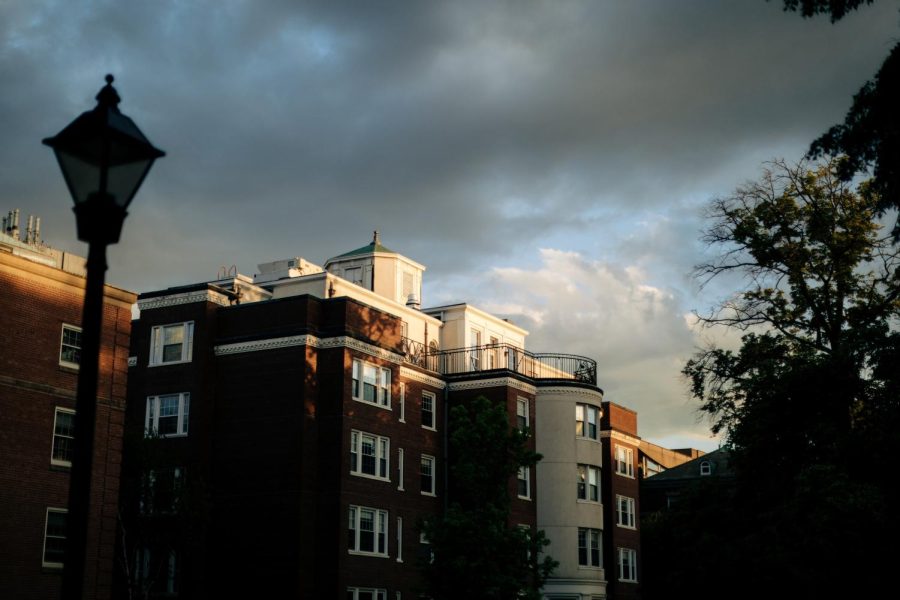








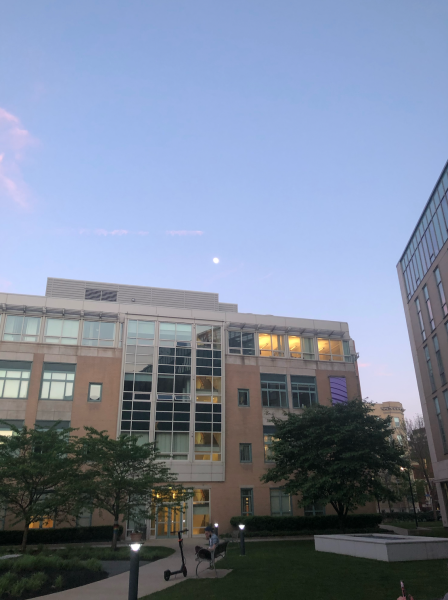

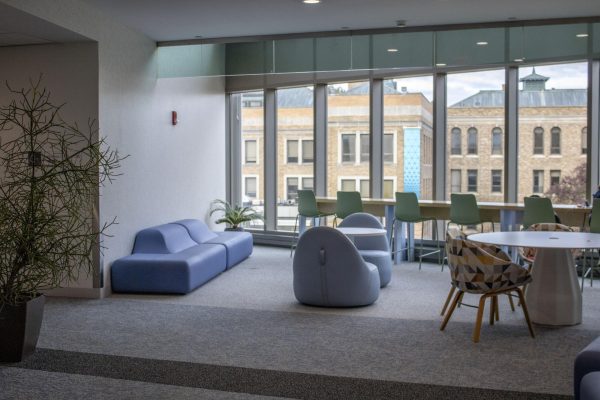

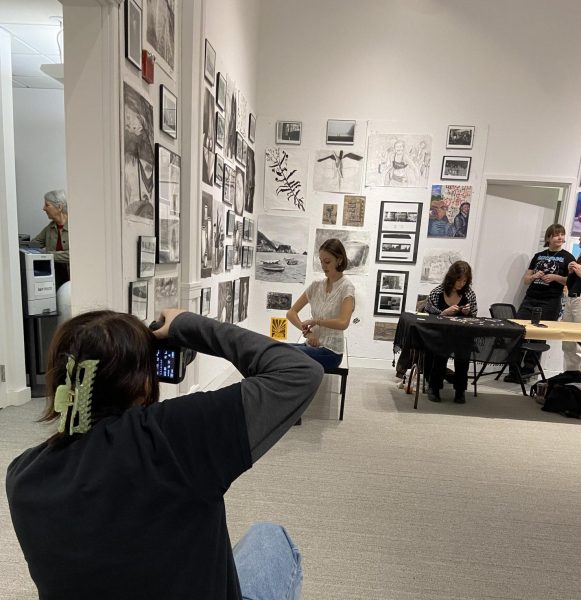
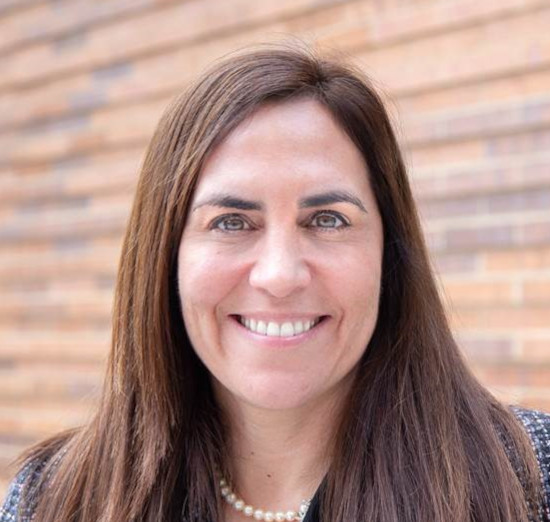
Barbara Upson • May 1, 2022 at 10:35 am
I am more than disappointed to read this story. It goes way beyond lack of sensitivity to student needs. What a shame! Changes are clearly in order. Will they be made?
Julia Grover, LSW, CBIS • Apr 15, 2022 at 3:44 pm
There seems to be a significant lack of communication at Simmons. Not just with res. Life but all depts. including the office of the President, not responding to emails or returning phone calls.
The housing issue was poorly handled and the lack of response from Res. Life after their meeting is unacceptable. Students have been mocked by faculty for being upset over the housing situation. This shows a total lack of respect for the students and a lack of professionalism by the Res. Life staff. How does this fit in with Simmons commitment to “Inclusion and Tolerance “?
After being told she was placed on the waiting list Our daughter was advised to take as many courses as she could this fall and find an apartment with only a half year lease. Then finish her last semester (of her Senior year) at a local collage and live at home. She could then transfer those remaining credits and March at graduation with her class. I was totally discussed by this advise! For two years she and her advisor have talked about an internship her Senior year but all of a sudden it’s “Not necessary “. What’s changed?
I understand why students feel that Simmons has taken their money and then hung them out to dry. Because they have. Perhaps the new staff in Res. Life should have conducted the room selection as it was previously done and then evaluated the process and made changes, if needed for next year. What works at one institution does not guarantee it will work at others. They knew there were mistakes made after the first day of room selection. They were asked to put it on hold and re-evaluate the process before proceeding. There was no response. Mistakes are made. But when they are the person(s) who made the mistake should do what they can to rectify the situation. You can’t blame the up coming Juniors and Seniors for being upset. Because of Covid their College experience was significantly altered. They were excited to be back on campus this past fall and returning to “normal”. They looked forward to their Senior year and the few “perks” that come with it. Only to face this situation just before mid terms.
On The Simmons website it states “To support our students in their success, we provide a state-of-the-art learning and living environment that integrates in-classroom learning with the social, emotional and ethical development at the core of all higher education. “
How is it ethical to require an additional fee for housing with no advanced notice?
How is the University proving emotional support to these students when faculty are mocking them? Students had every right to be upset after being told they were put on a waiting list and would know by July if they would have housing or not!
I hope that this article will receive the recognition and response it and the students deserve.